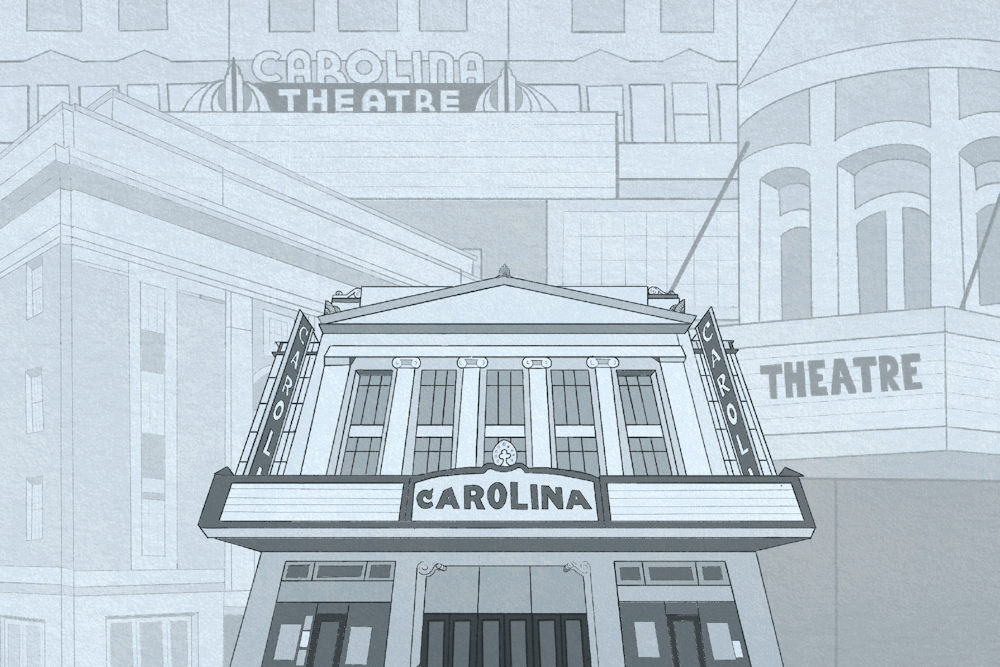Across the state, there are three operating theaters that don the name Carolina Theatre.
The sister theaters in Durham, Greensboro and Charlotte, along with former locations in Chapel Hill and Winston-Salem, can all trace their roots back to the Roaring Twenties — an era of flapper style, social change and an increase in movie consumption.
The Durham Auditorium was built in Durham in 1926 and changed its name to the Carolina Theatre three years later, becoming one of several Carolina Theatres that would dot the state throughout the decade.
Many of the establishments, including those in Greensboro and Charlotte, were constructed by the Publix-Saenger Theatres Company, who built more than a dozen movie theaters that distributed Paramount films across the state.
In the 1920s, most of America depended on movie theaters for entertainment. Radio's popularity was only beginning, and television wouldn't gain widespread appeal until the 1950s. By the end of the decade, three-quarters of America visited a movie theater every week.
Most of North Carolina's population in the 1920s lived in rural areas or small towns, making the movie theater a vital center of public life. In fact, for many of these small towns, the movie theater was the biggest and most frequently visited public space besides places of worship, according to UNC's "Documenting the American South."
"The name, I presume, was just a branding play," Michael Wakeford, a professor of history and humanities at the University of North Carolina School of the Arts, said in an email. "The number was an expression of the growth of moving pictures — the age of mass entertainment was upon us, and every city needed such a place."
Winston-Salem's Carolina Theatre was donated to UNCSA in 1980, reopening as the Roger L. Stevens Center in 1983. Chapel Hill's Varsity Theatre began inhabiting the building of one of two former Carolina Theaters in 1952, the only surviving iteration of the theater in the town.
In its early years, the Durham Auditorium was used for high school graduations, Miss Durham pageants and other local events, Jordan Hewitt Beard, senior director of marketing at the Carolina Theatre of Durham, said.



